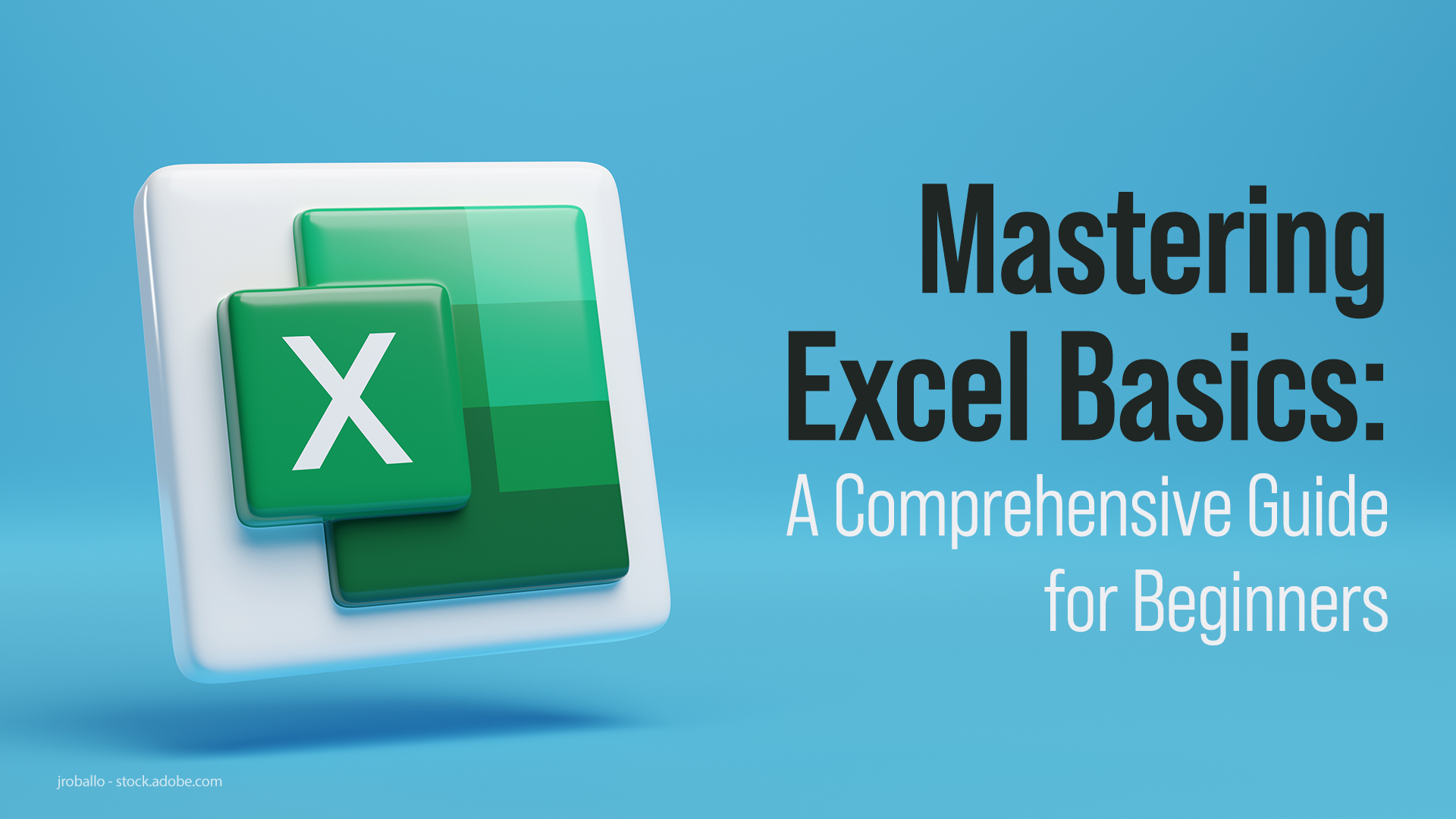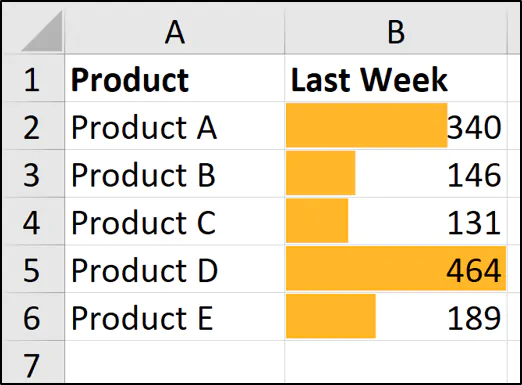Mastering Excel Sheets in MATLAB: A Simple Guide

Mastering Excel Sheets in MATLAB can transform the way you handle data, making complex analyses, automation, and reporting much simpler. Whether you're an engineer, financial analyst, or researcher, combining MATLAB's computational power with Excel's data organization can elevate your productivity. Let's delve into how you can streamline your workflow with this dynamic duo.
Why Use MATLAB with Excel?

MATLAB and Excel complement each other exceptionally well for several reasons:
- Powerful Data Analysis: MATLAB can perform sophisticated mathematical computations on data imported from Excel sheets.
- Automation: Scripts can automate repetitive tasks, like data processing or generating reports from Excel data.
- Visualization: MATLAB's plotting capabilities can create professional-quality graphs and charts from Excel data.
- Efficiency: Combining MATLAB with Excel allows for a seamless workflow from data entry to analysis and reporting.
Getting Started with Excel Sheets in MATLAB

Here's how you can start interacting with Excel sheets from MATLAB:
Importing Excel Data

To begin, you need to import your Excel data into MATLAB:
- Launch MATLAB and navigate to the "Home" tab.
- Click on "Import Data", then choose your Excel file from your system.
- From the "Import Tool," you can select which sheets and which range of data to import.
Alternatively, you can use the readtable function to read data directly:
filename = 'path\to\your\file.xlsx';
data = readtable(filename, 'Sheet', 1);
Exporting Data to Excel

Once you've processed data in MATLAB, you might want to export the results back to Excel:
filename = 'output.xlsx';
writetable(yourTable, filename);
Interacting with Excel Files

MATLAB provides functions to directly interact with Excel:
- xlsread: for reading Excel data.
- xlswrite: for writing to an Excel file.
- actxserver: to automate Excel operations via ActiveX interface.
Advanced Techniques

Automating Excel from MATLAB

Using MATLAB’s COM interface with Excel can automate complex tasks:
- Create, modify, or format spreadsheets.
- Read or write specific cells or ranges.
- Perform Excel operations through MATLAB commands.
Here’s an example of how to interact with an existing Excel file:
Excel = actxserver(‘Excel.Application’);
Workbook = Excel.Workbooks.Open(fullfile(pwd, ‘YourFile.xlsx’));
Sheets = Excel.ActiveWorkbook.Sheets;
Sheet1 = Sheets.Item(1);
range = Sheet1.Range(‘A1:B10’);
values = range.Value;
🔧 Note: Remember to close Excel by using Workbook.Close(); Excel.Quit(); when you’re done to avoid leaving Excel processes running.
Data Visualization

Importing data from Excel into MATLAB for visualization offers several advantages:
- Custom Plotting: MATLAB allows for detailed customization of plots.
- Interactive Charts: MATLAB’s GUI can be used to create interactive figures.
- Export Options: Plots can be saved or directly written back into Excel.
Workflow Optimization
By integrating MATLAB with Excel, you can:
- Automate data cleaning, transformation, and analysis processes.
- Use MATLAB functions directly within Excel through MATLAB’s add-ins.
- Streamline reporting by generating dynamic spreadsheets with macros.
Limitations and Considerations

While MATLAB and Excel offer great synergy, keep these points in mind:
- Excel file compatibility can be an issue.
- Large datasets might strain resources or slow down processes.
- Changes in file structure can break automation scripts.
⚠️ Note: Always test scripts with different versions of Excel and ensure your data adheres to the file format expected by your MATLAB scripts.
In summary, mastering the integration of MATLAB with Excel can significantly enhance your ability to analyze, process, and present data. With a firm grasp on importing, exporting, and interacting with Excel files through MATLAB, you can unlock a powerful data workflow that combines the best of both worlds. Whether for visualization, automation, or complex data analysis, this combination offers tools that can streamline your work and elevate your results.
How do I import data from multiple sheets?

+
You can use MATLAB’s readtable function with ‘Sheet’ property to import data from specific sheets. For example:
data = readtable(‘file.xlsx’, ‘Sheet’, {‘Sheet1’, ‘Sheet2’});
Can I edit an Excel file directly from MATLAB?

+
Yes, by using ActiveX to connect to Excel. You can open the workbook, modify data, and save changes directly from MATLAB.
Is there a way to automate Excel functions?

+
Absolutely. You can run Excel macros or use MATLAB to perform any Excel function through the ActiveX server.



